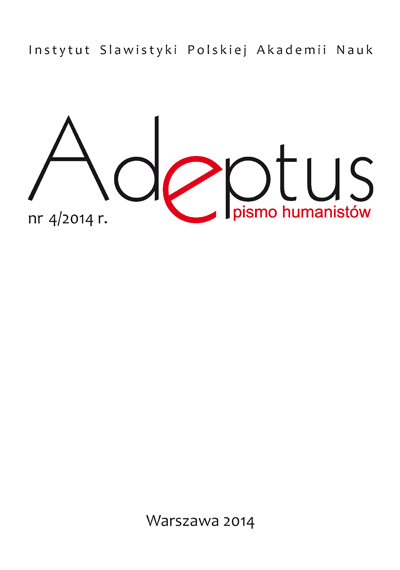Stematografija Hristofora Žefarovicia jako dokument kulturowych i narodowych dążeń Serbów w pierwszej połowie XVIII wieku
Hristofor Zhefarovich’s Stemmatographia as a document
of the cultural and national aspirations of the
Serbs in the first half of the eighteenth century
Author(s): Justyna RomanowskaSubject(s): Politics / Political Sciences, Politics, History, Cultural history, Political Theory, Governance, Ethnohistory, Middle Ages, 18th Century, Eastern Orthodoxy
Published by: Instytut Slawistyki Polskiej Akademii Nauk
Keywords: Stemmatographia; Arsenije IV Jovanović Šakabenta; The Archbishopric of Karlovci; Serbian 18th century graphics
Summary/Abstract: Stemmatographia, by Hristofor Zhefarovich (1741), was one of the most important Serbian books published in the first half of the 18th century. The first part contains the majestic portraits of the canonized Serbian sovereigns who built and strengthened the medieval Serbian state; the second part presents images of the coats of arms of the Balkan lands. Work composed in such a way corresponded to the political and religious program of the Archbishopric of Karlovci, the most important Serbian religious and secular institution in the lands belonging to the Habsburg monarchy. The reference to the tradition of the medieval state by presenting images of rulers and marking its territories by coats of arms legitimized the authority of the Serbian Orthodox Church that declared itself to be the heir and continuator of this tradition. At the same time, the gallery of portraits of the rulers and Orthodox Church notables constituted the national pantheon of saints that conferred a sacral aspect on Serbian history.
Journal: Adeptus
- Issue Year: 2014
- Issue No: 04
- Page Range: 22-34
- Page Count: 13
- Language: Polish

